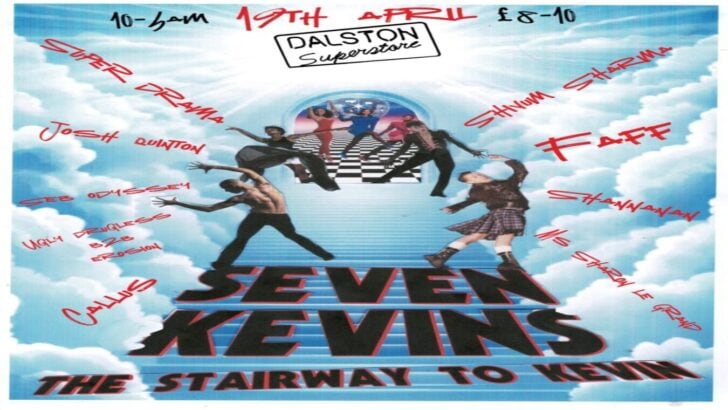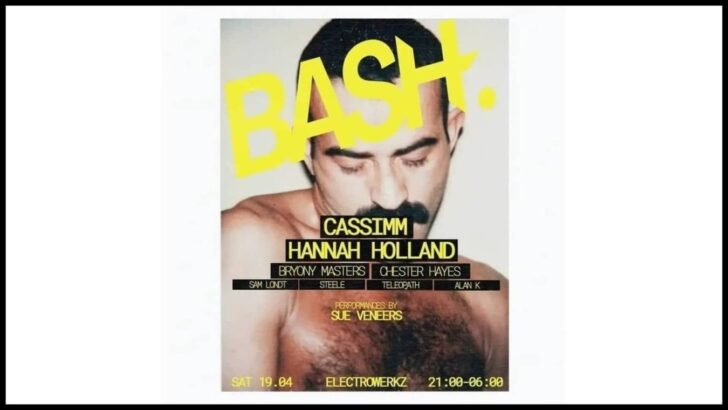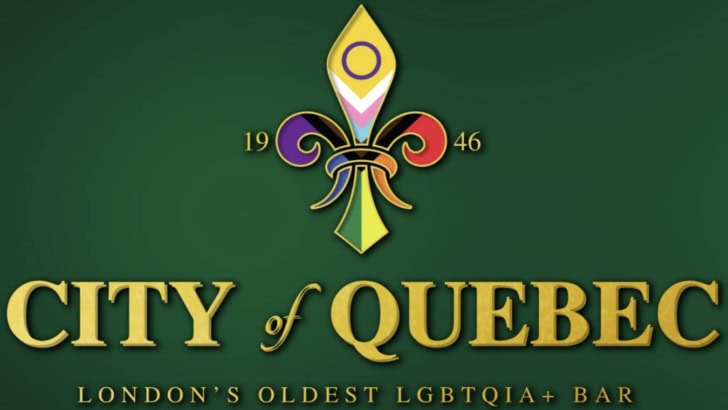A Thousand Miles of History is a new play set in 80’s New York that shines a spotlight on the lives and relationships of Andy Warhol, Keith Haring and Jean-Michael Basquiat, three of the art world’s most (in)famous icons. James Waygood speaks to the play’s writer Harold Finley.
Mention Andy Warhol and most people will instantly think of either soup or Marilyn Monroe. Mention Keith Haring and you stoke a familiarity with the cartoon-like works that became the ubiquitous battle-cry in the war against HIV/AIDS, and also defined a generation of LGBT.
However, the name Jean-Michael Basquiat seldom evokes such a clear cultural reference point. An ex-rent boy and graffiti writer he ended up propelled into a lucrative and high-profile art career that saw him infamously work in full Armani suits, which he would often wear paint-splattered to viewings. He also had intense love affairs with the likes of Klaus Nomi and Madonna. Yet despite his name and works not as popularly recognisable as Warhol or Haring, he’s just as important to the art world as either of them. What’s more he was also involved with both of them through a relationship triangle that went deeper than mere friendship.
Coming to the Bussey Building in Peckham in March is a new play by Harold Finley exploring this ménage a trois of sorts. The show is already gaining hype as its cast includes Edinburgh Comedy award-winning Adam Riches as Warhol. But what exactly is the play about, and why Warhol, Haring, and Basquiat?
“I was always fascinated by them as individuals,” confesses playwright Finley. “But there’s an element of their story that no-one has told before, and that is the kind of triangular relationship that they had. I thought, ‘Wow, I can’t believe no-one’s ever told this.’ This is, for me, where the drama is in their various stories.”
Finley’s play is about friendship, romance, and sex in the halcyon days of 1980s Manhattan. But with online squabbles about defining Basquiat’s sexuality, and Warhol, though arguably a closeted homosexual, is widely considered to be straight, does Finley run the risk of needlessly and possibly erroneously sexualising the art icons?
“There’s a lot of sex in the play, but it just doesn’t involve the three main characters,” says Finley. “In many ways this play is a love story without the three main characters having sex with each other. It’s about a mental and emotional relationship. For example, I don’t think of Basquiat as a bisexual man, he was just a really sexual person. The connections that he had with people wasn’t about whether they were male or female but about who they were. This is a story about love, life, art, the nature of family, and sex.”
“This is a story about love, life, art, the nature of family, and sex.” – Harold Finley.
Bolstering Finley’s claim that the play is less about how we define the cultural profile of its characters and more about the emotions that drove them is that you needn’t be an avid gallery goer to enjoy it. “You don’t need to know anything about art,” he promises. “You don’t need to know anything about Basquiat, Haring, or Warhol. My goal was never to write a piece for the art world. I wanted to write a piece for people who may come to this completely and utterly cold, but still tell a great story. The story will grip and entertain. It’s going to be a real sensory overload. It’s going to be visual, it’s going to be aural, it’s going to be a little bit of everything. I’m just excited to tell this story.”
So whether your know your Turner from your Twombly or just fancy an evening out at the theatre without having to take a degree in art history, ‘A Thousand Miles of History’ is set to entertain as much as its going to intrigue.
• A Thousand Miles of History will be at Bussey Building (133 Rye Lane, Peckham, SE15 4ST) from Monday 4th to Saturday 30th March.
• Box Office: 0844 477 1000. www.athousandmilesofhistory.co.uk



















